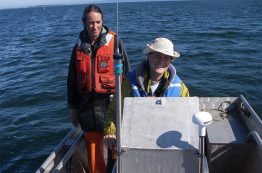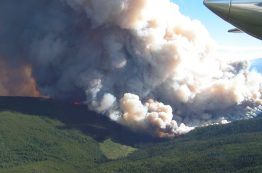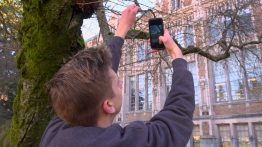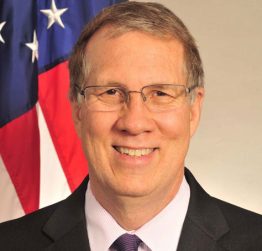By area, tidal flats make up more than 50 percent of Willapa Bay in southwest Washington state, making this more than 142-square-mile estuary an ideal location for oyster farming. On some parts of these flats, oysters grow well, filling their shells with delicacies for discerning diners. But according to experienced oyster farmers, oysters raised in other parts of Willapa Bay don’t yield as much meat.
Read more at UW News »What does the 2019 fire season look like for Washington? UW experts weigh in
Wildfire season is already upon us. In 2018, roughly 1700 fires occurred in Washington, burning 500,000 acres of forested land and immediately affecting thousands of people in rural communities. Wildfires have a larger, regional impact too – long term exposure to smoke can increase the risk of heart and lung disease, as well as increase sensitivity to asthma. So what’s in store for Washington this year as the 2019 wildfire season gets underway?
Read more »UW students spearhead efforts to predict peak bloom for cherry trees
Each spring, thousands of visitors flock to the University of Washington campus to see the iconic cherry trees in the Quad. Class discussions, casual Frisbee tosses, lunchtime picnics and even wedding portraits all take place under the beautiful blossoms, which typically hit their prime in late March or early April. This year, they reached peak bloom on March 29. But there’s no easy way to predict when peak bloom will occur each year for the trees in the Quad.
Read more at UW News »How streamer lines prevent thousands of seabirds from becoming bycatch
More than a decade after streamer lines were introduced to Alaska’s longline fisheries, seabird bycatch is down more than 77%...but there’s still room for improvement.
Read more at UW News »Q&A: New Washington Sea Grant director brings love of learning, experience across sectors
Russell Callender spent nearly two decades working on coastal science, policy and management issues at the National Oceanic and Atmospheric Administration’s headquarters near Washington, D.C. But throughout his tenure at the nation’s capital, he kept his eye on a position at an organization in the other Washington. When he saw the job posting last summer to lead Washington Sea Grant at the University of Washington, it took Callender all of about two minutes to start working on his application.
Read more at UW News »





